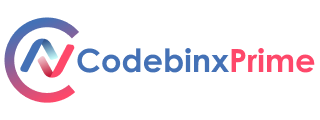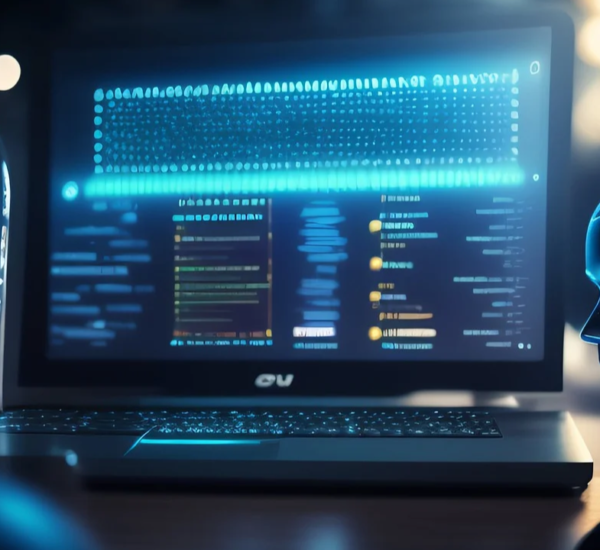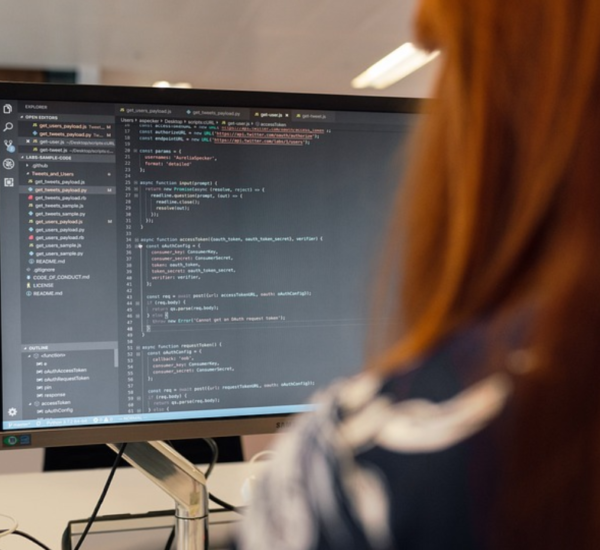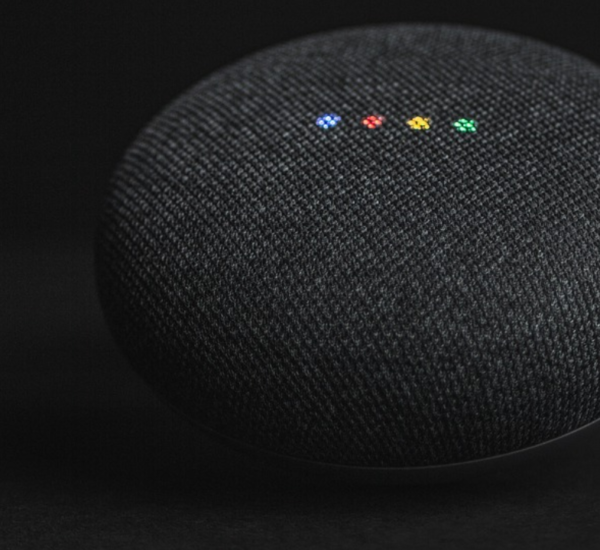A PLC programmed machine comes with a PLC software of certain manufacturer, which enables easy creation and usage of user program code, which is ultimately subsequently executed on the PLC hardware.
The most popular PLCs are programmed using an in-house developed software such as the RTF or the Real Time Language for Personal Computer (RML) that generates a fully functional PLC program for you from your own scratch.
It also helps reduce the cost involved in purchasing a fully integrated system that includes the hardware and software. This article discusses the features of an integrated PLC programming system and their advantages over standalone PLCs.
Table of Contents
PLC Programming Definition
PLC programming language is a structured approach to create programs for light-weight and low-end applications. It is an open source programmable logic controller (PLC) programming language that supports a wide range of input/output devices and has a wide application area.

In simple words, A PLC is programmed through a combination of hardware and software that is called programmable logic control (PLC). The PLC contains both hardware and software elements and it controls the functions of a microcontroller, which is a kind of personal computer.
Programmable logic controllers (PLCs) are programmed via serial lines, via electronic programs, or can be programmed directly by a computer.
Uses Of PLC Programming
A PLC can be used for automation of a broad range of activities such as traffic management, automated handling of customer requests, industrial automation, manufacturing, healthcare, and many more.
The most common PLC devices are switchable voltage drivers, programmable LED devices, push buttons and contact detectors. In addition, there are several other devices that are available and are programmed using PLC programming software.

PLCs are based on an advanced form of programmable logic which is similar to that of the computer’s own physical memory.
As a result, the programs created using PLC are extremely reusable and have a high level of portability.
Popular Ways to program PLCs
The most popular way to program PLCs is through a programmable logic interface (PLI). There are several different kinds of PLCs, including bipolar and linear programming.
The bipolar PLC is more commonly known as the push-button PLC and the linear PLCs run in single or double action modes. In a single action mode, a PLC will perform a task like turning a wheel or activating relays without waiting for the other ones to respond.
Benefits of PLC
One of the most popular PLCs used today are handheld devices. Handheld PLCs, or digital programmable little boards (DPUs), are used in toys and medical equipment.
In some cases, PLCs have been programmed to control automatic dog walkers, weather monitoring systems and similar applications.
A handheld PLC is a very valuable tool because it can do many different functions and is quite easy to program.
Drawbacks of PLC Programming
The main drawback to using a PLC is that the cost of programming devices that use PLC technology is not conducive to mass production; however, as technology advances and PLC manufacturing costs drop, handheld PLC will become more affordable.
Scope of PLC Programming
There are many companies in the market today that offer programming interfaces for PLC, and there is a wide variety of PLC software available in the market as well. There are two main types of PLC programming languages, analog and digital.
For large industrial applications, PLC’s are often run using analog PLC programs and are ideal for programs that have a significant amount of input or output terminals.
In most home computers, PLC controlled units are used for making control applications and there are several varieties of PLC software available to make the process of programming simple and fast.
Therefore, the scope of PLC Programming is very bright and students looking to make a career in this field must learn this programming as soon as possible.




